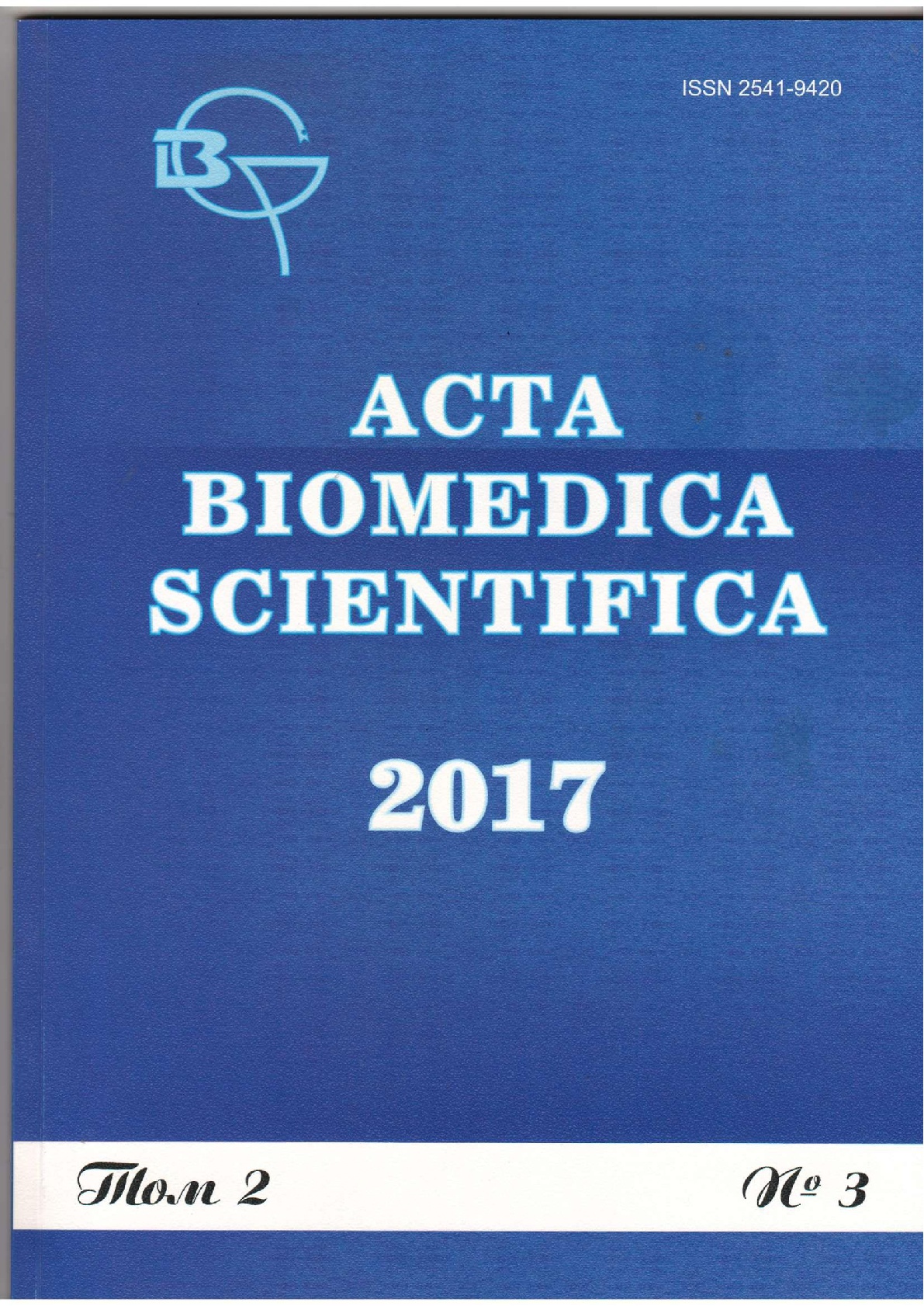The reduction of postoperative complication rate is a significant trend in modern surgery. One of the most important methods of intraoperative diagnostics is intraoperative neurophysiological monitoring (IONM). The aim of the research was to assess capabilities of intraoperative neurophysiological monitoring in neurosurgical practice considering literature data and experience of IONM application in the Center of Neurosurgery Railway Clinical Hospital at the Ir-kutsk-Passazhirskiy Railway Station of Russian Railways Ltd. We conducted 17 surgeries using IONM. We described the procedure, analyzed data of monitoring and patients’ condition in early postoperative period. No deviations requiring modifications in surgical manipulations were found during neuromonitoring. No iatrogenic neurological disorders were registered in postoperative period. Intraoperative neurophysiological monitoring is an additional effective method which allows reducing the risk of postoperative complications and indirectly improving the results of surgical manipulations.
intraoperative neurophysiological monitoring, neurosurgery, application experience
1. ArakelyanVS, ShchanitsynIN (2012). Methods of monitoring of spinal cord during aortic surgeries [Metody monitoringa sostoyaniya spinnogo mozga pri operatsiyakh na aorte]. Byulleten’ NTsSSKh im. A.N. Bakuleva RAMN. Serdechno-sosudistye zabolevaniya, (6), 26-33.
2. Concerning approval of the list of kinds of high-tech medical care: Order of Ministry of Health of the Russian Federation N565n d.d. August 12, 2013 [Ob utverzhdenii perechnya vidov vysokotekhnologichnoy meditsinskoy pomoshchi: Prikaz Minzdrava Rossii No 565n ot 12 avgusta 2013 g]. Available at: http://www.rosminzdrav.ru/documents/5391-prikaz-minzdrava-rossii-n-565n-ot-12-avgusta-2013-g. Accessed August 20, 2015
3. RumyantsevPO (2012) Intraoperative neuromoni-toring during head and neck surgery [Intraoperatsion-nyy neyromonitoring pri operatsiyakh na golove i shee]. Opukholi golovy i shei, (1), 32-36.
4. UteuovaSA, ZhumadildinaAZ, MaulYY (2015). Experience of using intraoperative neuromonitoringin cerebellopontine angle tumor surgery [Opyt primeneniya intraoperatsionnogo neyromonitoringa v khirurgii opuk-holey mostomozzhechkovogo ugla]. Neyrokhirurgiya i nevrologiya Kazakhstana, (1), 29-33
5. CrawfordES, MizrahiEM, HessKR, CoselliJS, SafiHJ, PatelV (1988). The impact of distal aortic perfu-sion and somatosensory evoked potential monitoring on prevention of paraplegia after aortic aneurysm operation. J. Thorac. Cardiovasc. Surg., (95), 357-367.
6. DeletisV (2002). Intraoperative neurophysiol-ogy and methodologies used to monitor the functional integrity of the motor system. In: DeletisV (ed.). Neu-rophysiology in neurosurgery. A modern intraoperative approach, 25-51.
7. GuoL, GelbAW (2011). The use of motor evoked potential monitoring during cerebral aneurysm surgery to predict pure motor deficits due to subcortical ischemia. Clin. Neurophysiol., 122(4), 648-655.
8. HusainAM (ed.) (2008). A practical approach to neurophysiologic intraoperative monitoring, 429.
9. JimenezJC, SaniS, BravermanB, DeutschH (2005). Palsies of the fifth cervical nerve root after cervical de-compression: prevention using continuous intraoperative electromyography monitoring. J. Neurosurg. Spine, 3(2), 92-97.
10. KelleherMO, TanG, SarjeantR, FehlingsMG(2008). Predictive value of intraoperative neurophysiolog-ical monitoring during cervical spine surgery: A prospec-tive analysis of 1055 consecutive patients. J. Neurosurg. Spine, 8(3), 215-221.
11. LeeJJ, KimYI, HongJT, SungJH, LeeSW, YangSH (2014). Intraoperative monitoring of motor-evoked poten-tials for supratentorial tumor surgery. J. Korean Neurosurg. Soc., 56(2), 98-102..
12. LiebermanJA, LyonR, FeinerJ (2008). The efficacy of motor evoked potentials in fixed sagittal mbalance deformity correction surgery. Spine, 33(13),Е414-Е424.
13. T amakiT, KubotaS (2007). History of the de-velopment of intraoperative spinal cord monitoring. Eur. Spine J.,16(2), 140-146.
14. WiedemayerH, SandalciogluIE, ArmbrusterW, RegelJ, SchaeferH, StolkeD (2004). False negative find-ings in intraoperative SEP monitoring: analysis of 658 consecutive neurosurgical cases and review of published reports. J. Neurol. Neurosurg. Psychiatry., (75), 280-286.





